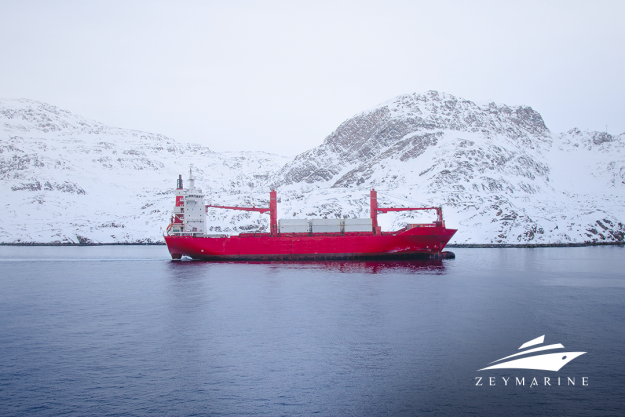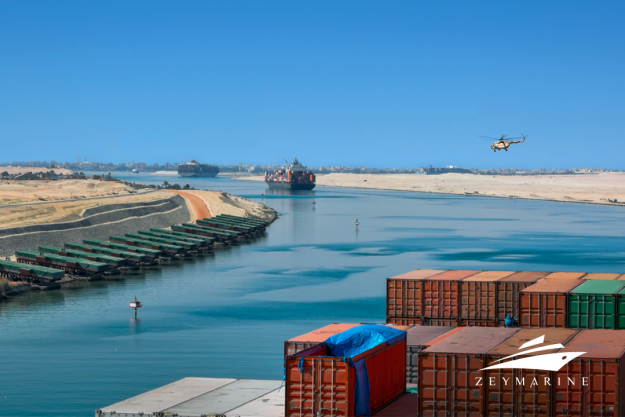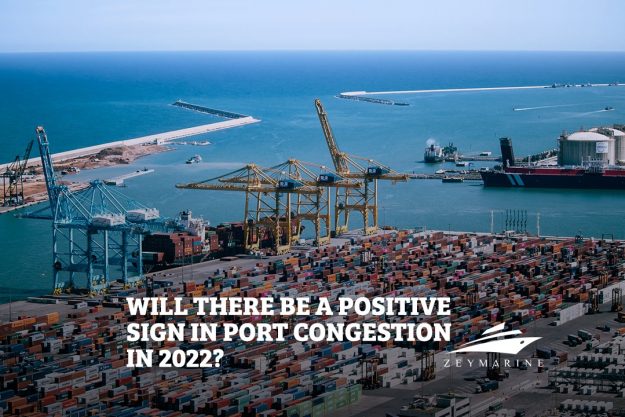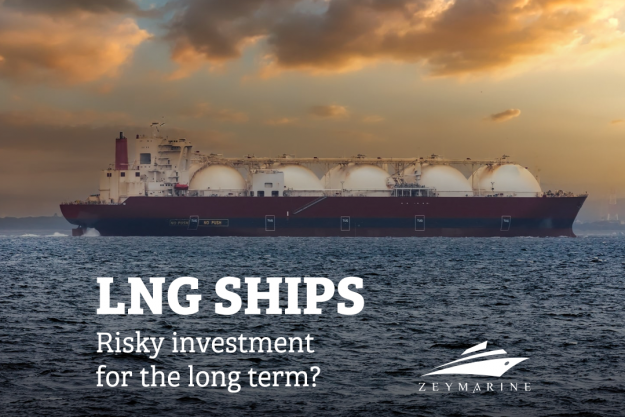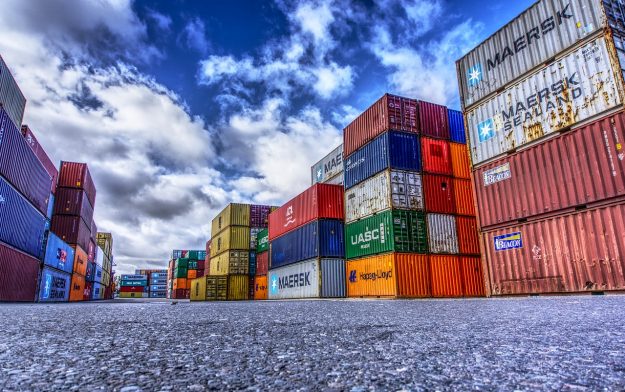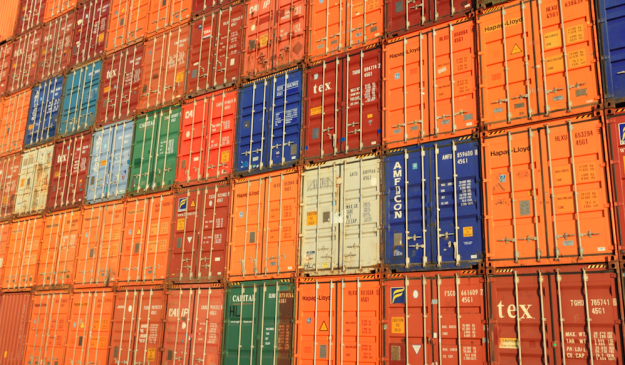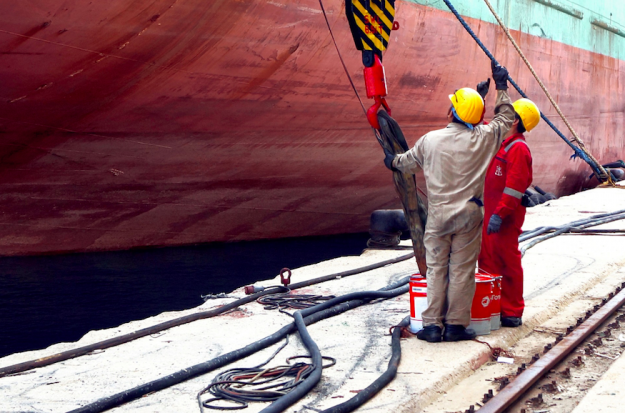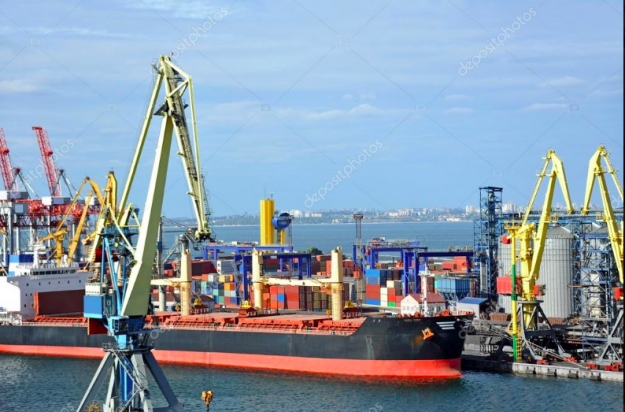Future of Shipping Routes: Rerouting the Industry
2025 has been a year of outstanding change and adaptation in the always changing field of maritime shipping. The industry is being forced to investigate alternate routes as a result of the disruption of traditional shipping lanes caused by geopolitical tensions, economic uncertainties, and environmental changes. In this blog article, we will examine the current…

